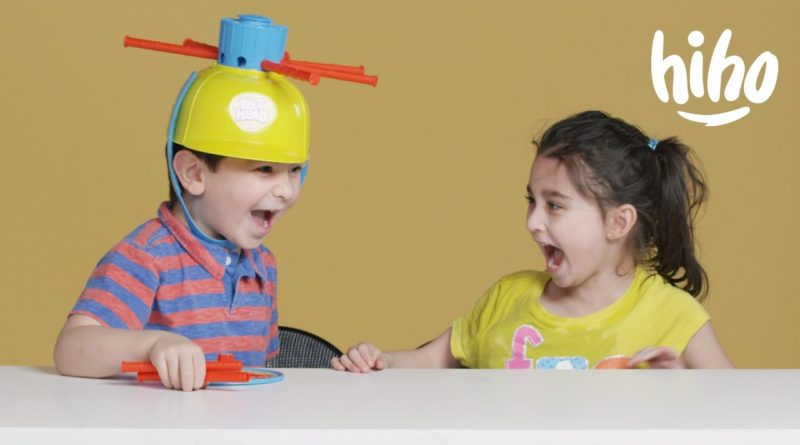Teaching tips for challenging students.
Teaching tips for challenging students.
Source: Wordplay
In Carol Read´s words, “children don´t care how much you know, until they know how much you care” (2005). This statement entails a whole conception of the teaching action at early ages, in which the volitional factors play a key role, assuming that learning can be more productive and indeed is more likely to occur when there are positive attitudes. In Read´s particular framework, she considers the role of the context where children will carry out activities, which needs to be relevant and allow for discovery and construction of meaning; the learning coherence, ensuring that the sequence of activities range from simple to more complex and demanding; the development of the learners´ curiosity and sense of community, so that children feel challenged, but at the same time supported by the teacher, their peers and accepted by the learning community; and finally care, as children need to feel they are cared about as individuals. This shall be made concrete along our teaching practice in the way we support children while they are learning, scaffolding from simple to more complex tasks and performances; and using a positive, supportive and caring language in classroom management and organisation.
We cannot bring this point to an end without stressing the role of motivation as a key factor for the children´s involvement in active learning. Dörnyei (2001) identifies three indispensable motivational conditions: appropriate teacher behaviours and a good relationship with the students, a pleasant and supportive classroom atmosphere, and a cohesive group with appropriate norms. Taking this in more practical terms to the FL classroom, it is widely accepted that communicative FLT cannot be implemented unless we create the optimal conditions for learning, since young FL learners need to feel confident enough as to take the risk to participate and come up with a positive feeling or sense of achievement. As a consequence, error must be seen as a natural part of FLL and not as a stigmatising tool used by the teacher to deter students from real communication.
——————————————-
Video – source: HiHo Kids (Youtube)




